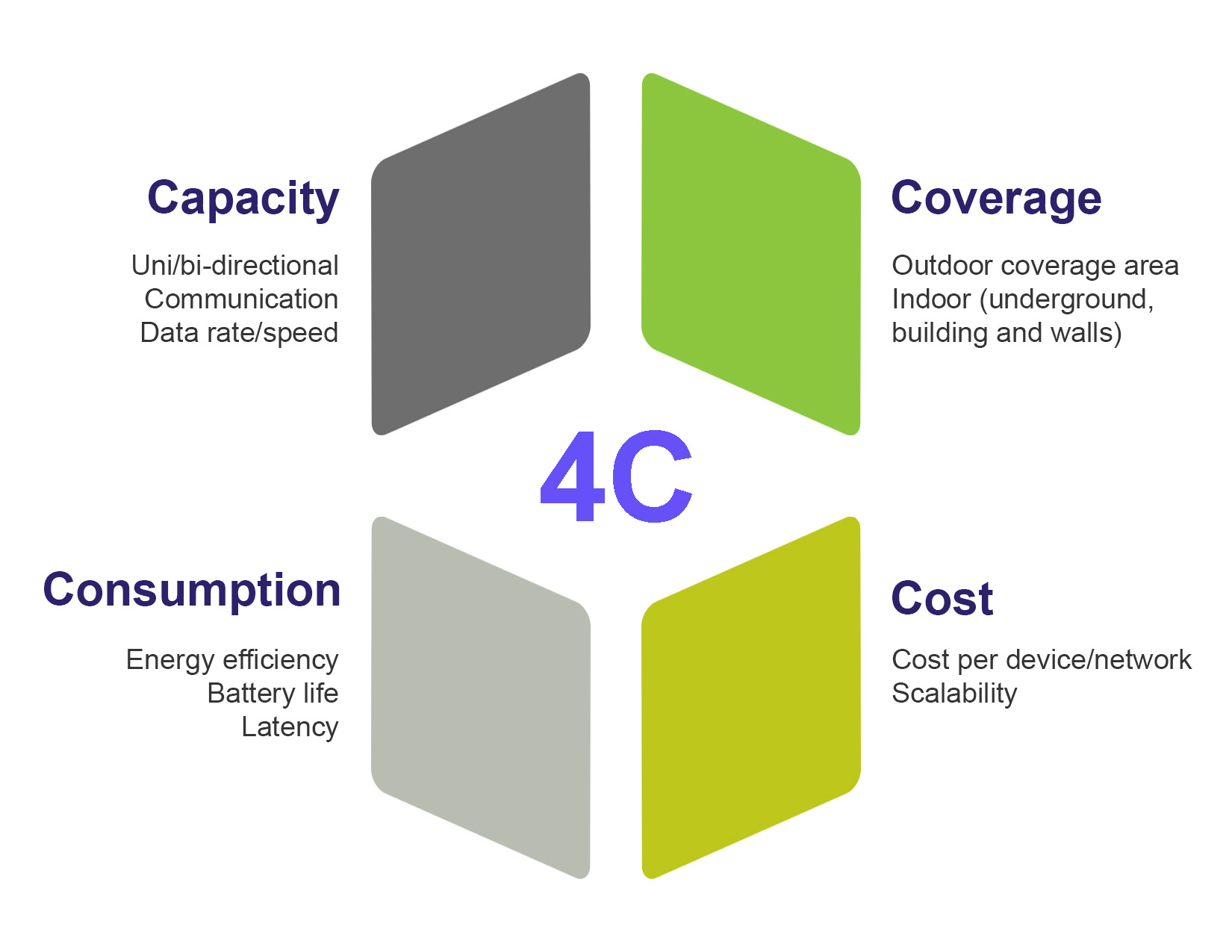How to add a display to your battery-powered, LPWAN-connected IoT device
2 Jul 2018
The IoT has revolutionised numerous industries, unleashing large networks of remote sensors that send data back to central control centres. From there, it can be analysed and distributed to operators or machines, so they can take appropriate action. In addition, the spread of mobile technology means all this intelligence can, in theory, be accessed on the go by people in the field.
However, there are plenty of situations where it isn’t safe, convenient or even possible to get sensor data or instructions to a human in this way. What if they’re right next to a sensor and urgently need to know its latest reading, but have no mobile connectivity? Or what if the sensor in question is located somewhere they can’t safely use their phone to access its data?
In cases such as these, a display attached to the sensor device would be enormously valuable, enabling a human operator to take appropriate action much more quickly.
However, the very nature of many IoT nodes makes adding a display a significant challenge.
The difficulty of putting a display in a remote IoT node
Firstly, there’s the power issue. Many IoT sensors are deployed in locations where there’s no easy access to mains power, meaning they must run on batteries – sometimes just a coin cell. Moreover, the nodes’ remoteness means frequent battery changes are out of the question. Long battery lives are a must, so anything power-hungry, such as a traditional thin-film transistor liquid-crystal display (TFT LCD), is a no-no.

Frost and Sullivan 4C model for IoT considerations
The second challenge arises from the first. Particularly where longer-range connectivity is required, many IoT devices use low-power wide-area network (LPWAN) cellular technologies, notably LTE Cat-NB1 (NB-IoT) and LTE Cat-M1 (eMTC). These provide the extended ranges necessary to communicate with remote IoT nodes, without the higher power consumption of traditional cellular. However, they achieve this by slashing data rates: NB-IoT tops out at 250 kbps, while eMTC goes up to 1 Mbps.
While these speeds are plenty for communicating with a remote sensor, they’re not generally sufficient to drive more sophisticated display technologies, such as touch-screen LCDs.
E-paper displays
Incorporating a display into a remote, battery-powered IoT node means looking at a completely different display technology, such as e-paper. Already widely used in e-book readers, e-paper overcomes both the issues highlighted above.
Overcoming the power challenge
Firstly, because e-paper is what’s called ‘bistable’, once you have something displayed on this type of screen, it will remain visible, using no further energy. This is perfect for remote IoT sensors, where the reading realistically only needs updating when a human is present. Power consumption is further minimized by the fact that e-paper doesn’t need a backlight, working instead by reflecting ambient light.
To give an indication of just how little energy e-paper displays use, take an example where you have a two-inch screen on your IoT node that needs to display data continuously, with six updates made every 24 hours. If each of these e-paper updates uses 2.33 mA for 2.32 seconds, the display will use just under 0.01 mAh of charge a day. A traditional TFT LCD, on the other hand, requires 30 mA for each refresh – and must refresh continually, just to maintain a static image. This equates to a daily charge usage of 720 mAh.
When you consider that a CR2032 coin cell battery has a capacity in the region of 225 mAh, it’s clear the TFT LCD isn’t even an option. Conversely, even after five years, the e-paper display would only have used around 8% of the battery’s total capacity.
Compatible with IoT connectivity technology
On the connectivity side, the display in an IoT sensor node will be updated relatively infrequently, and even then, only certain updates will require data from outside the node itself. Consequently, the bandwidth provided by NB-IoT or eMTC is more than sufficient to send through the data needed to display useful information on the e-paper screen.
E-paper: The perfect fit for the IoT
The IoT will continue its meteoric rise over the coming years, becoming more widespread and pervasive, touching more and more parts of our lives and work.
The connectivity backbone is evolving to keep pace with the IoT’s demands, as evidenced by the emergence of NB-IoT and eMTC. Other technology areas, such as displays, need to do the same, while integrating with what’s already established. With TFT LCDs out of the question when it comes to LPWAN-connected, battery-powered IoT sensor nodes, e-paper is perfect to fill the gap. With its combination of ultra-low power usage and compatibility with the IoT communication technologies, it’s the ideal way to enable human operators to get readings or instructions from a remote IoT sensor, without needing a discrete device.
Blogger: HD Lee, CTO, Pervasive Displays
Category: Blog
Back to News